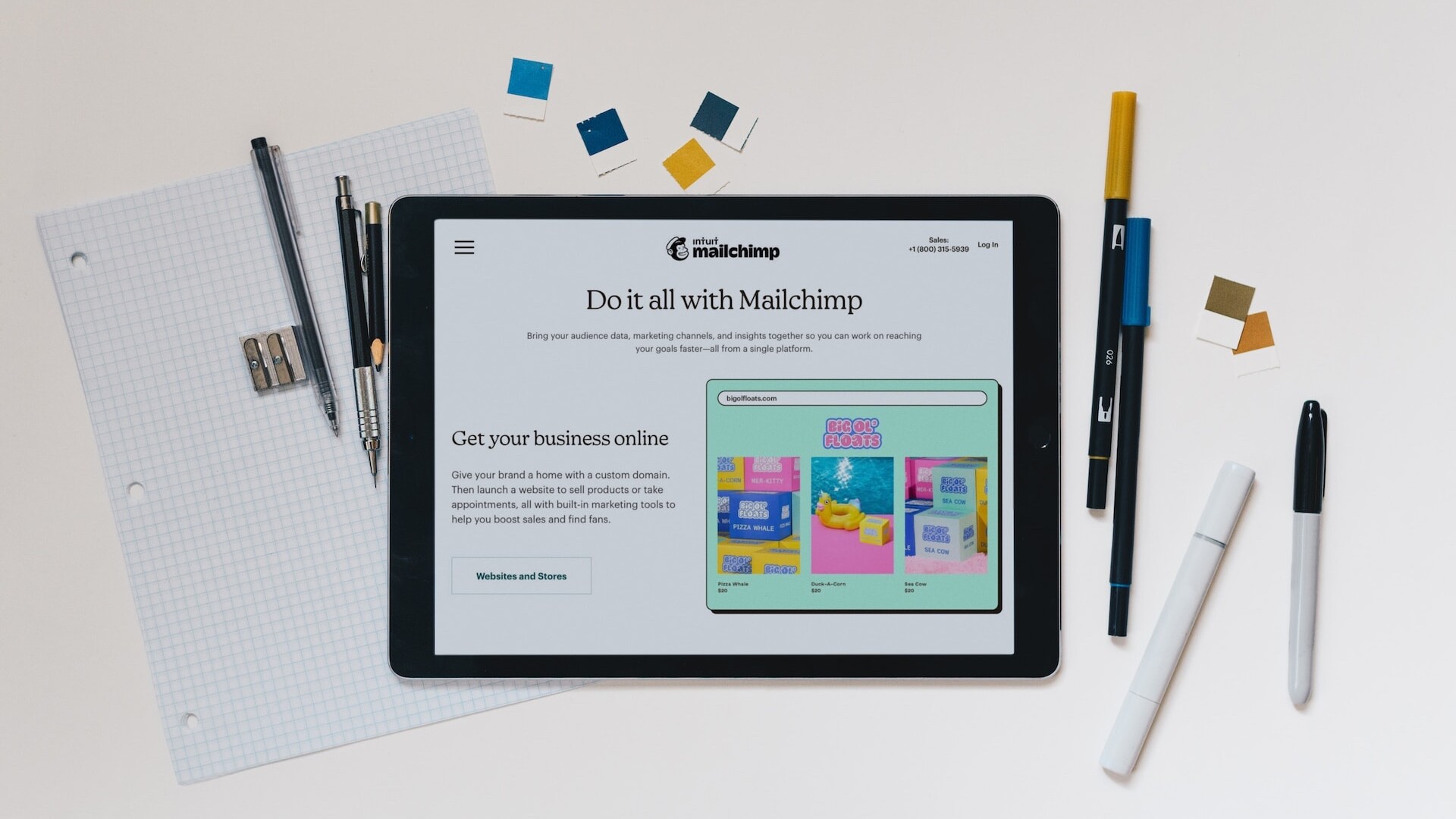- Home
- Experience
- Navigating the Pitfalls: 5 Common Mistakes New UX Designers Make
Navigating the Pitfalls: 5 Common Mistakes New UX Designers Make
Embarking on a journey as a UX designer is both exciting and challenging. While the field offers numerous opportunities for creativity and impact, newcomers often stumble across several common pitfalls. By recognizing these potential missteps early, you can steer clear of them and set yourself up for success. This article highlights the five most common mistakes new UX designers make and offers insights on how to avoid them.

1. Overlooking the Importance of User Research
One of the most common mistakes new UX designers make is jumping into design solutions without investing adequate time in user research. Understanding the users, their needs, and their pain points is the foundation of user-centered design. Skipping or rushing through this process can lead to designs that are visually appealing but don’t address user needs effectively. It’s essential to incorporate a thorough research phase at the beginning of your design process.
User research is the backbone of UX design. It involves understanding your users, their needs, their motivations, and their behaviors. By skipping this step, you risk designing based on assumptions rather than real data. For example, you may assume that a feature is intuitive because it makes sense to you, but in reality, users might find it confusing.
To avoid this, incorporate user research methods such as surveys, interviews, and user testing early in the design process. Make sure to analyze and synthesize your findings into actionable insights. The more you understand your users, the better equipped you’ll be to design solutions that meet their needs.
2. Neglecting Content Strategy
Content is a significant component of UX design. However, many new designers focus excessively on visual design elements, often at the expense of the content. Without a clear content strategy, even the most beautifully designed interface can fall flat. Good UX design incorporates meaningful, useful, and accessible content that complements the visual elements and guides users through their journey.
3. Undervaluing Collaboration
UX design is not a solo endeavor. It involves working with various stakeholders, including other designers, developers, product managers, and, of course, users. New UX designers sometimes neglect the importance of this collaborative aspect, leading to a lack of shared understanding or misalignment between teams. Cultivating strong communication and collaboration skills is as important as honing your design skills.
4. Ignoring Accessibility
In the quest to create innovative and aesthetically pleasing designs, new UX designers sometimes overlook the critical aspect of accessibility. Designing for all users, regardless of their abilities, is a fundamental principle of UX design. Ignoring accessibility can exclude a significant portion of your user base and potentially lead to legal issues. Incorporate accessibility considerations from the onset of your design process to create inclusive digital experiences.
Accessibility in UX design ensures that products and services are usable by as many people as possible, including those with disabilities. It is not just a nice-to-have but a necessity. Ignoring accessibility could exclude up to 20% of your potential user base who have some form of disability. Beyond the ethical implications, it’s also worth noting that inaccessible designs can lead to legal complications in many jurisdictions.
Designing with accessibility in mind includes considering color contrast for users with visual impairments, providing alt text for images for screen-reader users, and ensuring the website or app is fully navigable using a keyboard for those who can’t use a mouse or touchscreen. There are numerous resources and guidelines available, such as the Web Content Accessibility Guidelines (WCAG), to help designers create more accessible digital products.
Remember, avoiding these common mistakes doesn’t just make for a smoother design process; it also results in a more effective and inclusive end product. As a new UX designer, continually learning and adapting will be your most valuable tools.
5. Fear of Iteration
It’s natural to want to get things right the first time, but UX design is an iterative process. Some new designers see feedback or the need for revisions as a failure, which is far from the truth. Every iteration based on user feedback or testing is a step towards a more effective design. Embrace the iterative nature of UX design and view each step as a learning opportunity rather than a setback. The reality is, no design is perfect right out of the gate.
In UX design, iteration involves making continuous improvements to the design based on user feedback and testing. This iterative process is essential for refining the user experience and ensuring the design truly meets users’ needs. For instance, you might design a navigation menu that seems intuitive to you, but user testing might reveal that users are struggling to find a key feature. Iteration allows you to address these issues and continually improve the design.
Embracing iteration can also help foster a growth mindset. Instead of seeing revisions as a sign of failure, view them as opportunities for learning and improvement. Each round of feedback is a chance to understand your users better and refine your design skills. By integrating an iterative process into your workflow, you’ll be able to create more effective, user-centric designs.
It’s also worth noting that iteration shouldn’t only occur at the end of the design process. Conducting regular user testing and feedback sessions throughout the design process allows you to catch and address issues early on, saving you from potential significant overhauls later. It’s all about continuous learning, adaptation, and improvement.
As a UX designer, remember that your designs are never set in stone. They are dynamic and evolving, just like the needs of your users. So, cast away the fear of iteration, embrace feedback, and let the cycle of continuous improvement guide your design journey.
Being a new UX designer involves a steep learning curve, but being aware of common mistakes can help ease the journey. By emphasizing user research, focusing on content strategy, fostering collaboration, advocating for accessibility, and embracing iteration, new designers can navigate the common pitfalls and build a solid foundation for a successful career in UX design.



